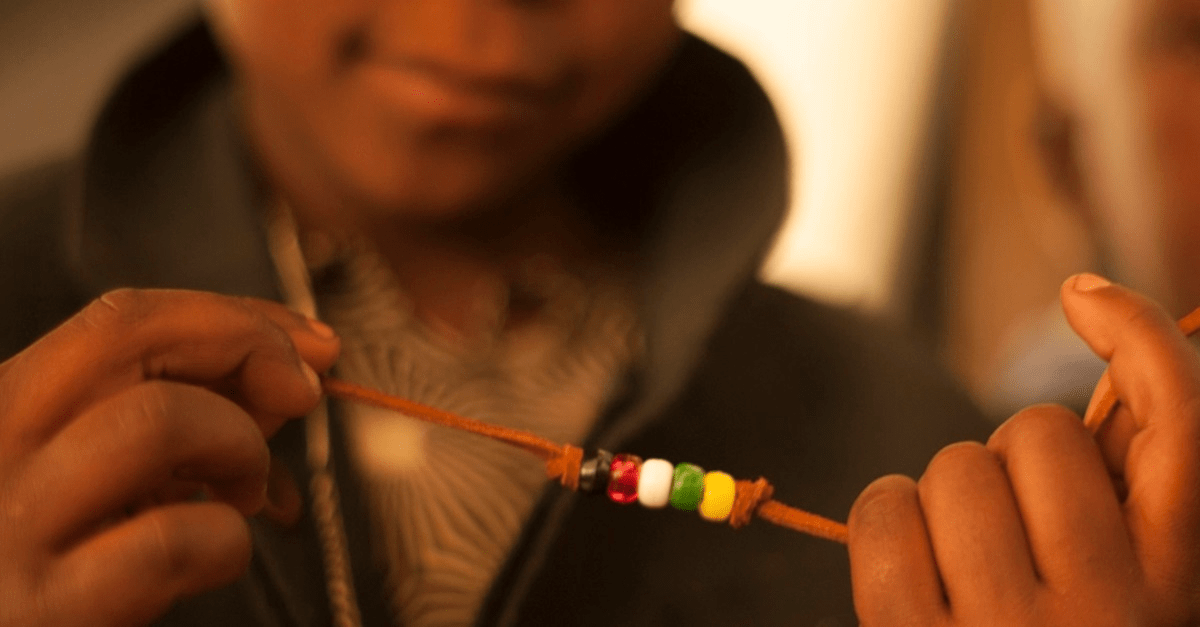
You know the bracelet I’m talking about, right? The leather strap with colored beads, each color signifying an aspect of the salvation story. The black bead represents sin; red signifies the blood of Christ; blue signifies baptism; white represents cleansing from sin; green represents spiritual growth; and yellow represents hope of eternal life in heaven.
In an American context, the salvation bracelet is a recognized evangelism tool. The coded colors are easy for both the presenter and the hearer to remember and apply the meaning. But in Sub-Saharan Africa, it’s generally not an appropriate gospel tool for two main reasons.
First, because many Africans understand colors differently. And second, because beads or bracelets are often believed to be objects of power associated with magic. Let’s unpack both of these concerns.
Photo courtesy: IMB.org
It's All About Context

When Blue Isn’t Blue: How Color is Understood within Culture
I know it sounds weird that color might be perceived differently in different cultures. Unless you’re color-blind, red should be red and blue should be blue wherever you are in the world, right? But remember the controversy surrounding the color of this dress? Our brains can interpret the colors we see differently, sometimes based on our environment and culture.
Photo courtesy: ©Unsplash
A Study in Namibia

I read a fascinating article about a study of the Himba people of Namibia, who don’t have a word for “blue” in their language. When shown a picture of one blue and eleven green squares, individuals struggled to point out the square that was different. Americans could spot the difference immediately, but blue is not a significant color in the Himba people’s natural environment.
On the other hand, when shown a picture of twelve green squares in which one was a slightly different shade of green, the Himba spotted the difference immediately. Green is important in their environment. So, their language has many more words for green than English does.
Throughout West Africa, the only colors that have words in many local dialects are red, white, and black. Other colors are comparative. For example, orange might be called “a bright shade of red,” or green might be called “bean leaf water,” because when you grind bean leaves into water they look green.
Photo courtesy: ©Thinkstock
Forget What Feels Natural

“In order to share the gospel effectively, we have to forget what feels comfortable and natural in our own culture and embrace what works in the culture we’re serving in.”
When a tool like the salvation bracelet is used to present the gospel, too much time can be spent trying to define the colors themselves rather than explaining the concepts the colors represent. Abstract concepts like, “green represents growth as a disciple of Jesus” can become confusing literal ones, like “following Jesus is like bean leaf water.” That’s not helpful, right?
It’s important not to presuppose shared meaning or understanding of colors—and many other similar things—when communicating cross-culturally. We must be willing to ask ourselves: how effective will this color-based evangelistic tool be if these colors either don’t exist or have different meanings in the context in which we’ll be sharing?
Photo courtesy: ©Unsplash
Beads and Bracelets as Objects of Power in Africa
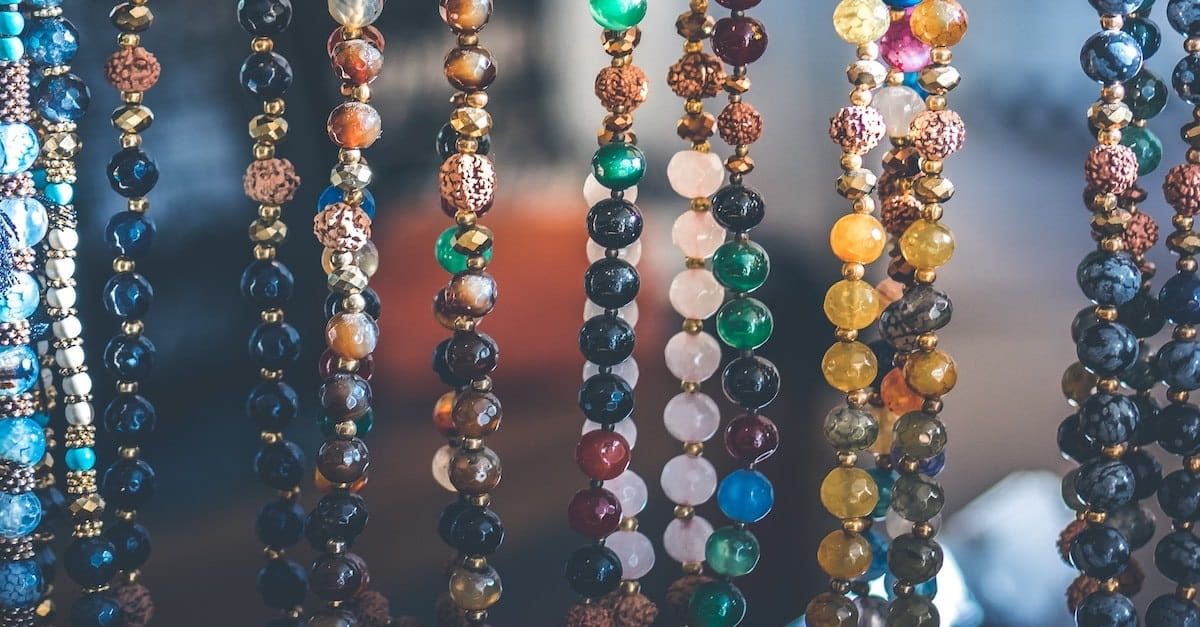
In African traditional religion, people of power, like witch doctors, speak words of power—prayers and incantations—over objects of power such as charms, amulets, and bracelets. For example, a witch doctor may recite mysterious words over a pouch in which he placed a concoction of leaves and herbs before giving it to a sick person. Or a witch doctor may supply strings that are put around babies’ waists to protect them from evil spirits.
Imagine how a salvation bracelet would be viewed in this context. Instead of becoming a symbol of salvation, it could be reinterpreted as an object of power, prayed over by powerful foreigners to protect the wearer from evil or harm.
Photo courtesy: ©Wikimedia Commons
But Wait. It’s about to Get Really Complicated
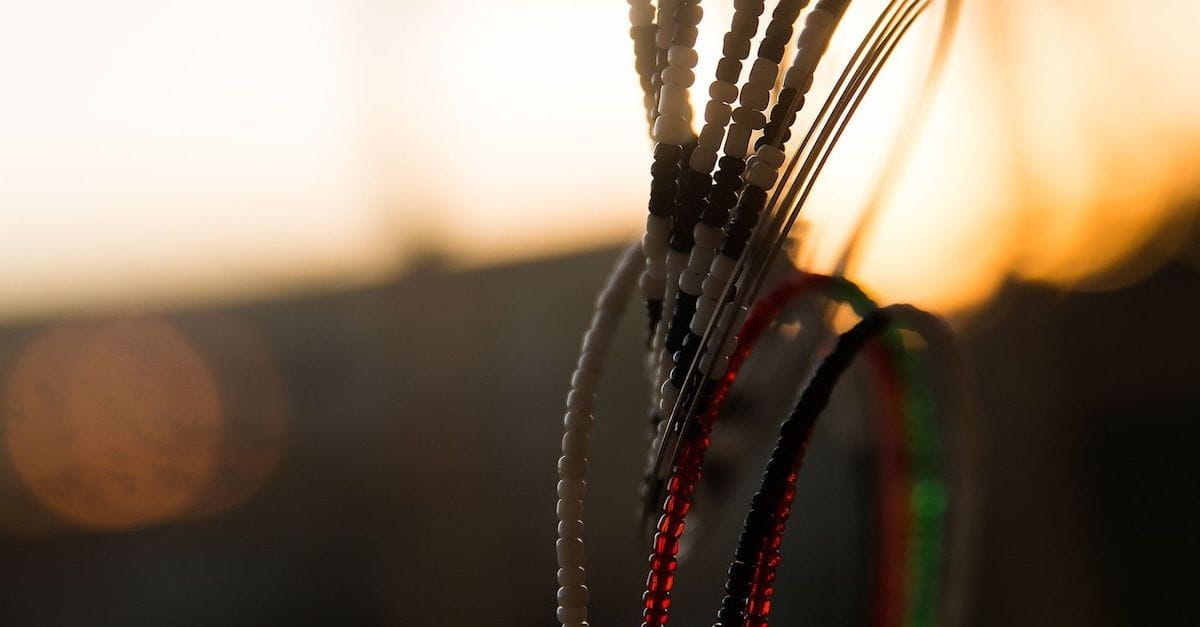
The catch is that salvation bracelets and similar color-based tools may be okay to use in parts of Sub-Saharan Africa. In some cultures, beads are associated with witchcraft, but in others, they’re simply decorative jewelry. In some cultures, strings around babies’ waists are superstitious, but in others, they’re practical, helping to hold up cloth diapers. In urban areas, color language is more common and symbolic meaning more readily understood.
Photo courtesy: ©Wikimedia Commons
Confusing?

Yup. Every culture is different. There are over 2,500 different ethnic groups here, so there’s a lot to learn about which cultures might be receptive to a given gospel presentation.
In order to share the gospel effectively, we must be willing to let go of our assumptions and to sensitively ask lots of questions in order to examine the culture deeply. We have to forget what feels comfortable and natural in our own culture and embrace what works in the culture we’re serving in.
Photo courtesy: ©Unsplash
Alternatives to the Salvation Bracelet: Worldess Book
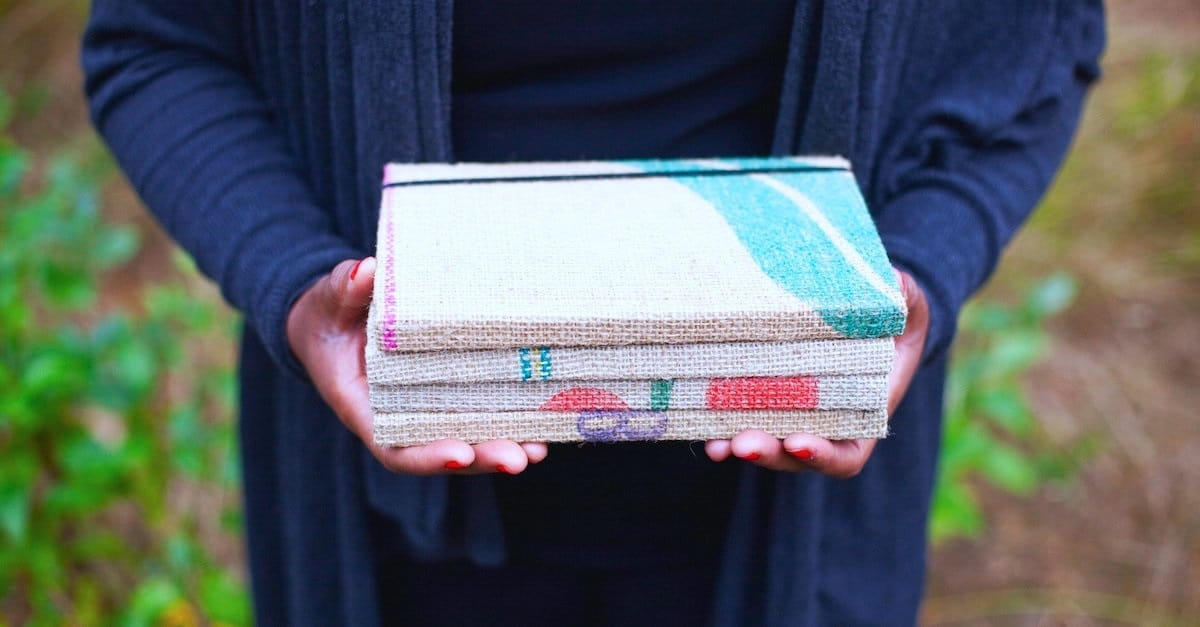
The salvation bracelet can be a handy tool for gospel presentation, particularly for those who prefer a pneumonic device or physical object to guide them as they share. Fortunately, there are alternatives for places where the salvation bracelet is not appropriate.
Wordless Book: In areas where colors are not a concern but beads are, the wordless book can be used to share the gospel using the colors of salvation. Colorful pipe cleaner constructions or other crafts might also be appropriate.
Photo courtesy: JesusEconomy.org
Other Alternatives: Henna Art and Bible Storying
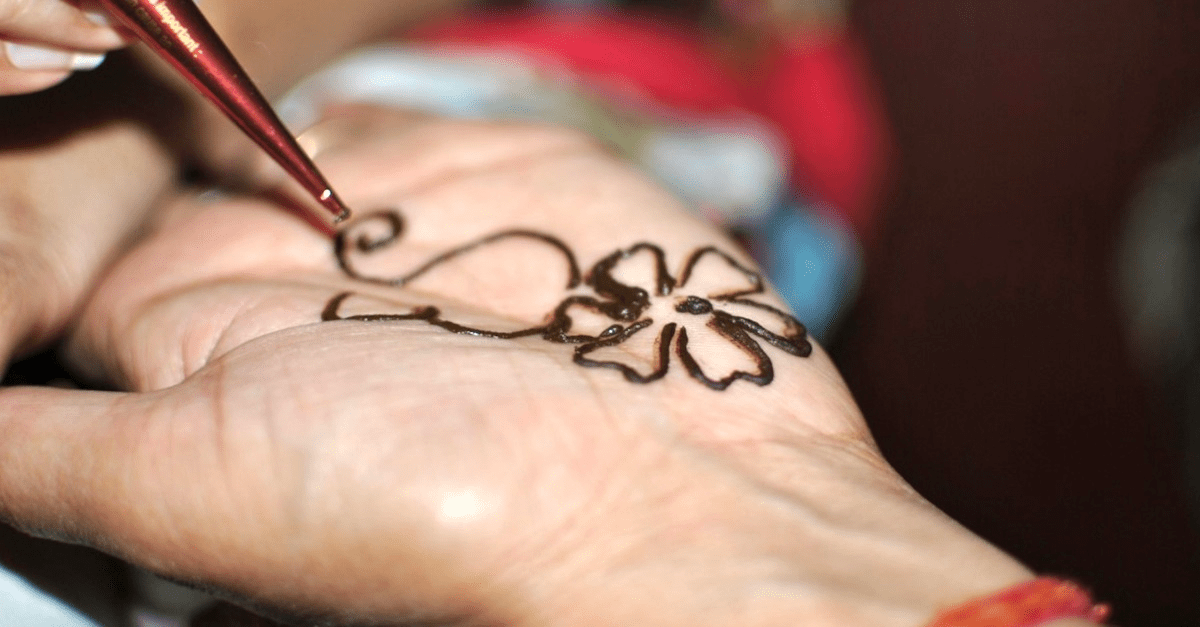
Henna Art: In some cultures, women beautify themselves through henna designs on their arms, hands, feet, and legs. Christians workers have developed henna patterns that illustrate stories from the Bible. If henna is used in the area where you plan to share the gospel, you can learn how to do henna and find illustrations.
Bible Storying: In oral African cultures, abstract concepts are not as easily grasped as concrete ones. Biblical stories that provide tangible examples of sin, sacrifice, and salvation are more effective than symbolic colors and concepts. The best way to present the gospel might be to share a story like “Creation to Christ” or a series of stories that address topics important within the culture. You can find Bible story sets here.
Photo courtesy: ©Pxhere
We Must Remember Paul's Words

"All Things to All People"
The apostle Paul shared:
“To the Jews I became like a Jew, to win Jews; to those under the law, like one under the law—though I myself am not under the law—to win those under the law. . . . To those who are without that law, like one without the law… I have become all things to all people, so that I may by every possible means save some” (1 Corinthians 9:20-22 HCSB).
Photo courtesy: ©Unsplash
Adapting our Customs and Tactics

Paul did not compromise the nonnegotiables of the faith in order to fit in with the crowd. He did, however, adapt his customs and tactics so he could relate as closely as possible to the people he was trying to reach. In the same way, we should be prepared to let go of evangelistic methods and tools that might work in one cultural context when they become a stumbling block in another. Salvation bracelets may have a place in a missionary toolkit, but they’re not a tool that will be useful in every place with every people—in Africa or around the world.
Article originally appeared on the IMB.org as "Salvation Bracelets in Africa? No Thanks." For more information about the International Mission Board, visit IMB.org.
Melanie Clinton lives in Sub-Saharan Africa with her husband and young children. She’s grateful to friends William Haun and Brian and Becky Harrell for their help in writing this article.
Photo courtesy: ©Unsplash